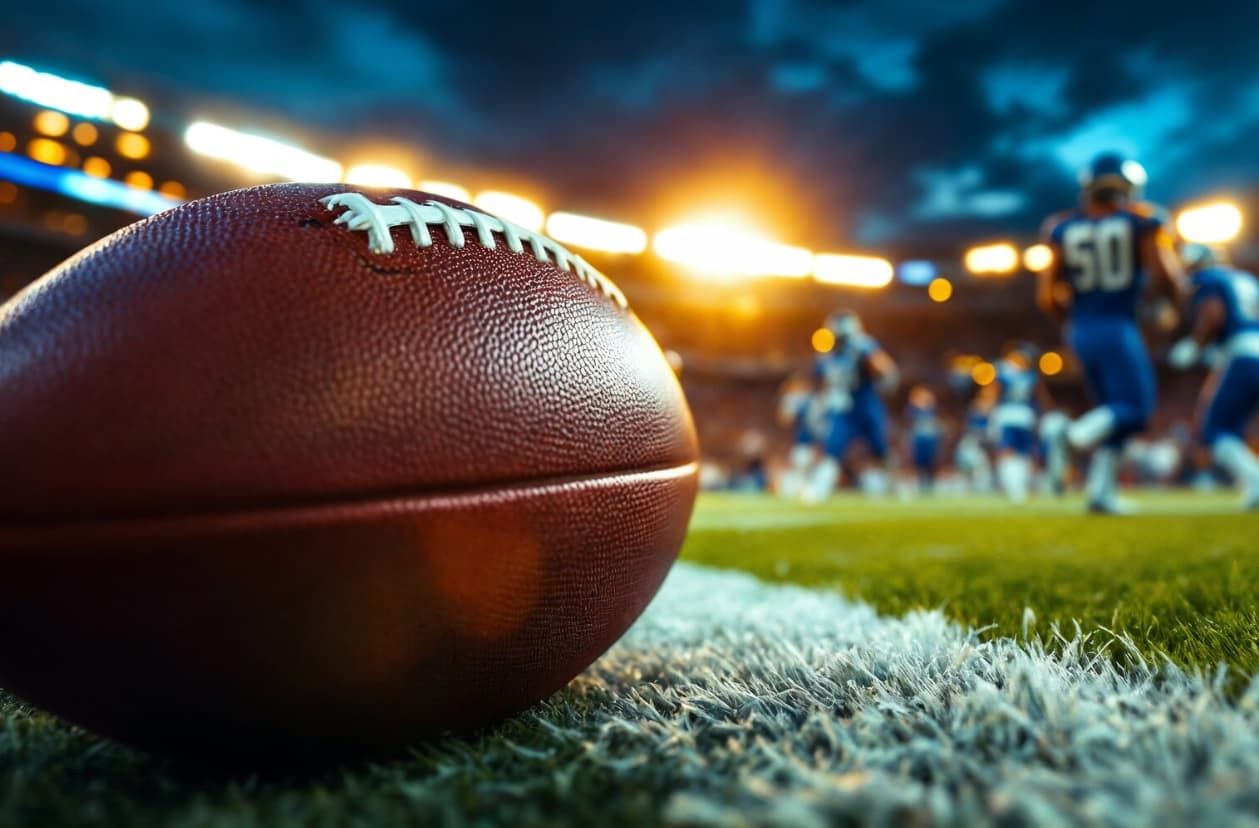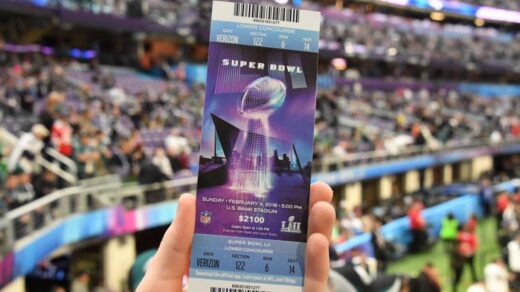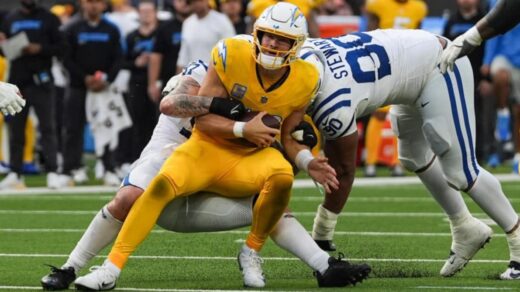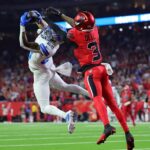It’s January 2022, divisional playoff round. The Bills and Chiefs are locked in an absolute war.
Patrick Mahomes just threw a touchdown with 13 seconds left to take the lead.
Everyone’s celebrating. Game over, right?
Not so fast. The Bills’ kickoff return team sets up perfectly. They get the ball to the 44-yard line.
Josh Allen throws one pass to get into field goal range. Then the kicker – Tyler Bass – trots onto the field with the season on the line.
He nails it. Game tied. Overtime.
That’s special teams. That’s what most people ignore until it decides everything.
Special teams positions in American football don’t get the glory. Quarterbacks get commercials.
Running backs get highlight reels. But when games hang in the balance, it’s often a kicker, a punter, or a returner who tips the scales.
Special Teams Positions in American Football

Let’s talk about why these positions matter way more than your average fan realizes.
Did You Know? DNP Meaning Football
What Special Teams Really Are?
If you’re new to football, here’s the simple breakdown.
Football has three phases: offense, defense, and special teams. The offense tries to score. Defense tries to stop them. Special teams handle everything involving kicks—field goals, punts, kickoffs, and returns.
While offensive positions in football include quarterbacks, running backs, and receivers moving the ball down the field, special teams are the transition units.
They set up field position, score points through kicks, and occasionally create explosive plays that swing momentum.
Think of it this way: offense and defense are the main acts. Special teams are the intermission—except sometimes the intermission steals the show.
Did You Know? Why is American Football called Football When You Play it with Your Hands
Quick Reference: Special Teams Positions Breakdown
| Position | Main Responsibility | Key Trait |
|---|---|---|
| Kicker (K) | Field goals & extra points | Accuracy under pressure |
| Punter (P) | Punt the ball on 4th down | Hang time & distance |
| Long Snapper (LS) | Snap to punter/holder | Precision & consistency |
| Kick Returner (KR) | Return kickoffs upfield | Speed & vision |
| Punt Returner (PR) | Catch & return punts | Ball security & elusiveness |
| Gunner | Tackle punt returner | Speed & tackling |
| Jammer | Block opposing gunners | Physicality & hand combat |
| Upback | Protect punter, backup for bad snaps | Awareness & versatility |
| Protector | Last line blocking for punter | Quick reactions & toughness |
Deep Dive Into Each Position
Let me break down what each of these players actually does. I’ll keep it simple, so even if you just started watching football last week, you’ll get it.
-
Kicker
The kicker is the guy who attempts field goals and kicks extra points after touchdowns.
This position is all about leg strength, accuracy, and nerves. Kickers practice the same motion thousands of times until it’s automatic.
But when 70,000 fans are screaming and the game’s on the line, muscle memory only gets you so far. You need ice water in your veins.
Justin Tucker of the Ravens? That guy once nailed a 66-yard field goal—the longest in NFL history. That’s like kicking a football from one end of a basketball court to the other. Insane.
-
Punter
Punters kick the ball away on fourth down when teams don’t want to risk going for it or attempting a field goal.
A great punter doesn’t just kick it far—they kick it high (hang time) to give their coverage team time to get downfield.
They also aim for the sidelines or corners to pin opponents deep in their own territory.
Some punters are also the holder on field goal attempts, which means catching the snap and placing it perfectly for the kicker. It’s trickier than it looks.
-
Long Snapper
This might be the most underappreciated job in all of sports.
The long snapper hikes the ball 7-15 yards back to the punter or holder. It has to be fast, accurate, and spiral perfectly into their hands every single time.
One bad snap? Blocked kick. Fumble. Disaster.
Long snappers are so specialized that NFL teams keep them on rosters for a decade just to do this one thing. And they’re worth it because when a long snapper screws up, everyone notices.
-
Kick Returner
The kick returner catches kickoffs and tries to bring them back as far as possible.
This job requires blazing speed, excellent vision, and serious guts. You’re fielding a ball while 11 massive humans sprint at you like heat-seeking missiles.
Then you have to find a crease, follow your blockers, and make defenders miss.
Devin Hester was the greatest kick returner ever. He scored 14 return touchdowns in his career. Watching him was electric—you genuinely believed he might take it to the house every single time.
-
Punt Returner
Similar to a kick returner, but harder. Punts come down at steeper angles and wobble more. You have to track it, secure the catch, and then try to gain yards.
Punt returners also need great decision-making. Sometimes the smart move is signaling for a fair catch instead of risking a fumble.
Tyreek Hill and DeSean Jackson were masters at this—patient enough to let blocks develop, explosive enough to take it the distance.
-
Gunner
Gunners are the sprinters of punt coverage. They line up wide and race downfield to tackle the punt returner.
This position is pure speed and tackling ability. You’re usually going one-on-one against a jammer trying to slow you down. If you win that battle, you can blow up the return before it even starts.
Matthew Slater of the Patriots made the Pro Bowl multiple times as a gunner. That’s how valuable this role can be.
-
Jammer
Jammers do the opposite—they try to slow down or block the opposing team’s gunners.
This is basically legal fighting at the line of scrimmage. You’re using hands, leverage, and physicality to disrupt the gunner’s release. Every second you delay them is more room for your returner.
It’s not glamorous, but it’s crucial.
-
Upback
The upback lines up a few yards behind the line on punts. They’re a safety net for bad snaps and an extra blocker against rushers.
If the snap sails over the punter’s head, the upback tries to recover it. They also read the defense and communicate threats to the punter.
-
Protector
The protector is the last line of defense for the punter. If a rusher breaks through, the protector has to block them or the punt gets wrecked.
One missed block can mean a blocked punt, which often leads to a touchdown or terrible field position. Protectors need quick feet and solid technique.
Visual & Tactical Notes
If you want to really understand how these positions work together, looking up a special teams positions diagram helps a ton.
These diagrams show exactly where each player lines up on punts, kickoffs, and field goal attempts. You can see how gunners align wide, where the upback positions himself, and how blockers create lanes for returners.
Coaches live and breathe this stuff. Most teams have a football special teams playbook PDF that breaks down every formation, coverage scheme, and blocking assignment. It’s like the playbook for offense and defense, just for special teams.
Why These Jobs Matter More Than People Think?
Here’s the truth: special teams can absolutely decide games.
When people debate the best special teams positions in American football, they usually say kicker and returner. And yeah, those are flashy. But every role matters. A bad snap, a missed block, a poor tackle—any of those mistakes can cost you the game.
Field position is everything in football. Starting a drive at your own 15-yard line versus the 40-yard line is a massive difference. A great punter consistently pins opponents deep, forcing them to go 85 yards instead of 60.
Momentum swings happen on special teams, too. A blocked field goal or a fumbled punt can completely flip the energy in a stadium. Suddenly, your defense is fired up, the crowd is roaring, and the other team is rattled.
Stats prove it. Teams that dominate special teams win more games. It’s not the most exciting part of football, but it’s one of the most effective.
Connect to Full Football System
So, how does special teams fit into the overall structure of a football team?
When people ask what are the 11 positions in football, they’re usually talking about the offense or defense.
Offense has 11 players on the field: quarterback, running backs, receivers, linemen, and tight end. Defense also has 11: linemen, linebackers, safeties, and cornerbacks.
So what are the 22 positions in football total? You get 11 offensive starters plus 11 defensive starters.
But special teams adds another layer. When you look at all positions in American football across a full 53-man roster, special teams roles become essential for team building.
Most special teamers also play offense or defense. A backup safety might be a core guy on kickoff coverage.
A third-string linebacker might be a jammer. Some players—like long snappers—only do special teams and nothing else.
It’s a complete ecosystem.
Closing Section
Special teams positions in American football deserve way more respect than they get from casual fans.
These aren’t just “the kicking plays.” They’re momentum shifters, field position changers, and sometimes game-winners.
Next time you watch football, pay attention when the special teams unit comes out. Watch the gunners battle jammers.
Notice how the returner sets up his blocks. Appreciate the long snapper delivering a perfect spiral under pressure.
Because when the game’s on the line and your kicker trots out for a 50-yarder with no time left? That’s when you realize special teams aren’t just important.
They’re everything.








